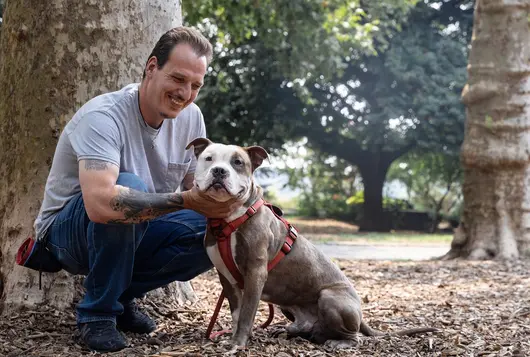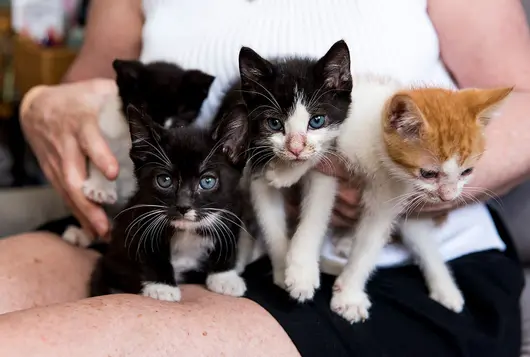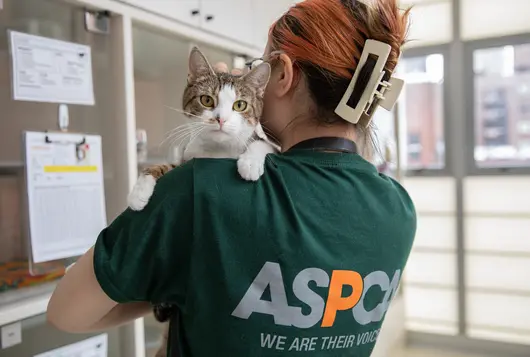Fewer Animals Available for Adoption May Mean More Animals Go Home

Research in a variety of fields suggests that when people have too many choices, they don’t act.
For example, a 2018 study in Nature Human Behavior found that when people have what they perceive to be too many choices, they decide to do nothing, fearing they will make the wrong decision. The ideal number of options, where people felt they had the freedom to choose but weren’t overwhelmed, seemed to be between eight and twelve.
Over the last ten years, the ASPCA did its own research on this topic, looking to see if decreasing the number of cats available on the adoption floor would increase the likelihood that a potential adopter would make a choice and adopt a cat.
Research results were impressive; with fewer cat choices, the transition rate more than doubled.
Working with Humane Society of Pikes Peak Region (HSPPR)—a large open-admission facility in Colorado—the ASPCA determined the shelter’s baseline transition rate for cats, which is a rate of the number of people who adopt a cat over the number of people visiting the cats. The shelter then decreased the number of cats visible to the public by 40%. HSPPR did not decrease intake, they simply covered the glass fronts of some of their cat housing, creating the appearance of fewer cats on the adoption floor.
The results were impressive. With fewer cat choices, the transition rate more than doubled.
Total cat adoptions increased, and more than twice the number of people walking in the doors chose to leave with a cat.
The shelter director at the time the research was conducted said, “With more than 12,000 cats entering our Colorado Springs and Pueblo locations, we are challenged by limited space for cats. Being able to limit the number of cat adoption cages in public view will give us the flexibility to segment our cat population. This will streamline the lost and found process for guardians to search for a stray cat, and it will open up cages for cats who need time to adjust."
We have lots more on this subject:



